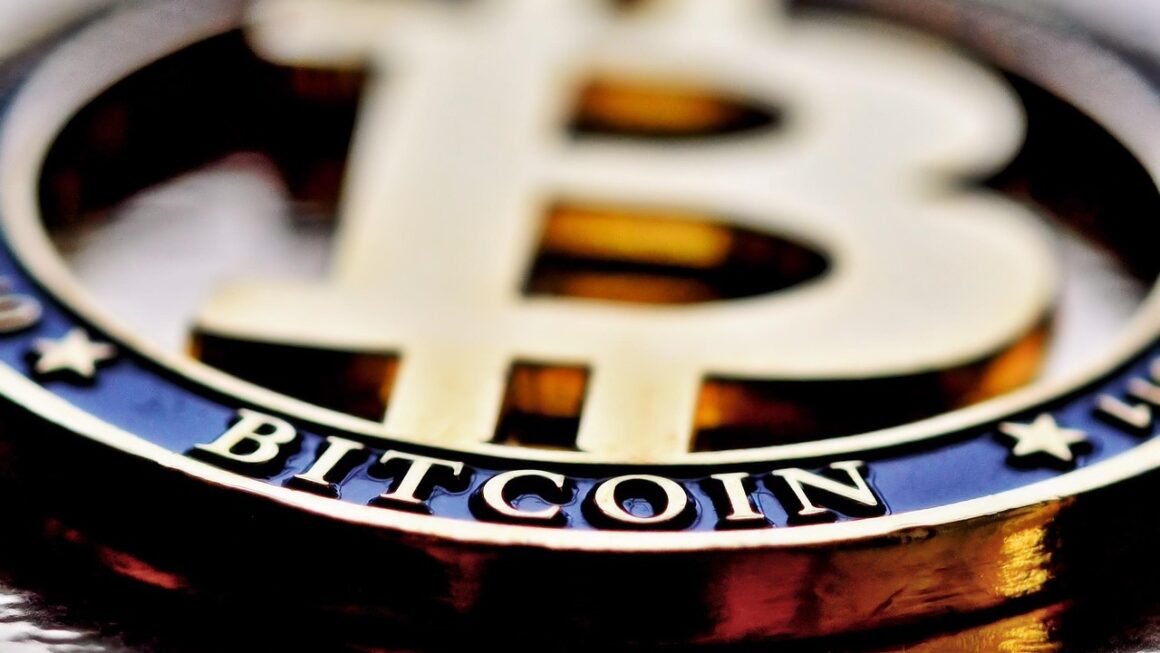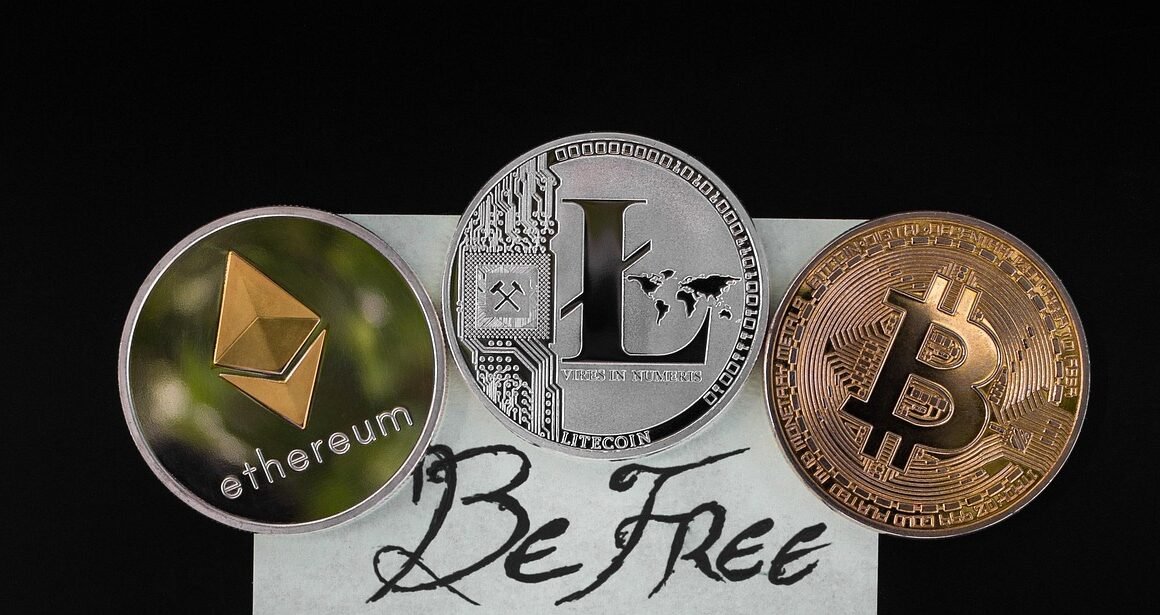Imagine stepping beyond your screen and entering a persistent, shared digital world – a world where you can socialize, work, play, and even transact using digital assets. This is the promise of the metaverse, a concept that’s rapidly evolving from science fiction into a tangible reality. This blog post will delve into the metaverse, exploring its meaning, potential applications, key technologies, and the future it holds.
Understanding the Metaverse
The metaverse is more than just virtual reality (VR) or augmented reality (AR). It represents a convergence of technologies that create immersive, interconnected digital experiences. Think of it as a 3D version of the internet, where users can interact with each other and digital objects in real-time.
Defining the Metaverse
- Persistent and Shared: The metaverse is a continuous digital world that exists even when you’re not actively participating. It’s a shared space where multiple users can interact simultaneously.
- Immersive Experiences: Through VR, AR, and other interfaces, the metaverse aims to provide immersive experiences that blur the lines between the physical and digital worlds.
- Interoperability: Ideally, the metaverse will allow users to move seamlessly between different platforms and experiences, carrying their avatars and digital assets with them. This interoperability is still a significant challenge.
- Decentralization: Many proponents envision a decentralized metaverse built on blockchain technology, empowering users with ownership and control over their digital assets.
Key Components of the Metaverse
- Virtual Reality (VR): VR headsets provide fully immersive experiences, allowing users to feel like they’re physically present in the digital world.
- Augmented Reality (AR): AR overlays digital information onto the real world, enhancing our perception of reality. Think of games like Pokemon Go or AR filters on social media.
- Blockchain and NFTs: Blockchain technology enables the creation of digital scarcity and ownership through Non-Fungible Tokens (NFTs), which can represent virtual land, avatars, and other digital assets.
- Avatars: Digital representations of users within the metaverse, allowing for personalization and self-expression.
- Connectivity: High-speed internet and advanced networking infrastructure are crucial for seamless metaverse experiences.
Potential Applications of the Metaverse
The metaverse has the potential to revolutionize various industries, offering new ways to connect, collaborate, and create.
Entertainment and Socializing
- Virtual Concerts and Events: Artists can host virtual concerts accessible to a global audience, creating immersive and interactive experiences. Example: Fortnite concerts with artists like Travis Scott and Ariana Grande.
- Social Gatherings and Meetings: The metaverse offers new ways to connect with friends, family, and colleagues in virtual spaces. Meta’s Horizon Worlds is an example of a platform designed for social interaction in VR.
- Gaming: Immersive gaming experiences with realistic graphics and physics are a major draw for the metaverse. Games like Decentraland and The Sandbox allow players to own virtual land and create their own experiences.
Business and Education
- Virtual Workspaces: The metaverse can create immersive virtual workspaces that foster collaboration and productivity. Companies are exploring virtual offices where employees can interact with each other and digital tools.
- Training and Simulations: Industries like healthcare and manufacturing can use the metaverse for training and simulations, allowing employees to practice complex tasks in a safe and realistic environment.
- Virtual Education: The metaverse can provide immersive learning experiences, allowing students to explore historical sites, conduct virtual experiments, and collaborate with peers from around the world.
Commerce and Retail
- Virtual Shopping: Consumers can browse and purchase products in virtual stores, trying on clothes with AR or visualizing furniture in their homes before buying.
- Digital Real Estate: Buying, selling, and developing virtual land in the metaverse is becoming increasingly popular, with plots of land selling for significant sums.
- NFTs and Digital Collectibles: The metaverse provides a platform for creating and trading NFTs, representing unique digital assets like artwork, music, and virtual items.
Key Technologies Powering the Metaverse
Several technologies are crucial for building and sustaining the metaverse.
Blockchain Technology
- Decentralization and Ownership: Blockchain enables decentralization, giving users control over their digital assets and data.
- NFTs and Digital Assets: NFTs provide a way to prove ownership of virtual items, fostering a digital economy within the metaverse.
- Cryptocurrencies: Cryptocurrencies are used for transactions within the metaverse, facilitating the buying and selling of goods and services. Examples include MANA in Decentraland and SAND in The Sandbox.
Extended Reality (XR)
- Virtual Reality (VR): VR provides immersive experiences through headsets that block out the real world.
- Augmented Reality (AR): AR enhances the real world by overlaying digital information onto our surroundings.
- Mixed Reality (MR): MR blends VR and AR, allowing digital objects to interact with the real world in a seamless way.
Artificial Intelligence (AI)
- Avatar Creation and Customization: AI can be used to create realistic and personalized avatars.
- Content Creation: AI can assist in generating virtual environments, objects, and experiences within the metaverse.
- Natural Language Processing (NLP): NLP enables users to interact with the metaverse through voice commands and natural language interfaces.
Challenges and the Future of the Metaverse
Despite its potential, the metaverse faces several challenges that need to be addressed.
Technical Limitations
- Computational Power: Creating realistic and immersive metaverse experiences requires significant computational power.
- Bandwidth and Connectivity: High-speed internet is essential for seamless metaverse experiences, which may not be accessible to everyone.
- Hardware Limitations: VR and AR headsets are still relatively expensive and cumbersome, limiting their widespread adoption.
Social and Ethical Considerations
- Privacy and Security: Protecting user data and preventing cybercrime in the metaverse is crucial.
- Accessibility and Inclusion: Ensuring that the metaverse is accessible to people of all abilities and backgrounds is important.
- Content Moderation: Addressing issues like harassment and misinformation in the metaverse is a significant challenge.
The Path Forward
- Standardization: Establishing standards for interoperability and data exchange is essential for creating a seamless metaverse experience.
- Collaboration: Collaboration between technology companies, content creators, and policymakers is needed to develop the metaverse responsibly.
- Focus on User Experience: Creating intuitive and engaging experiences is key to driving adoption of the metaverse.
Conclusion
The metaverse is still in its early stages of development, but it has the potential to transform the way we live, work, and interact with each other. By understanding the underlying technologies, potential applications, and challenges, we can begin to explore the possibilities of this emerging digital world and shape its future. As technology advances and the metaverse evolves, it’s crucial to address the ethical and social considerations to ensure that it benefits everyone. The metaverse is not just a technological innovation; it’s a new frontier for human connection and creativity.



